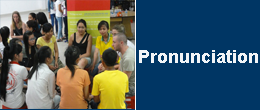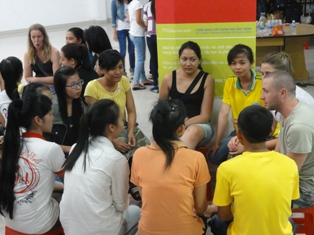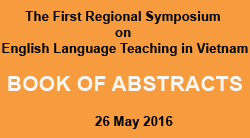Reading is an important step in the learning process.
Reading requires time for reflection.
Think about the amount of time you need to read by looking at
the purpose of your reading (to acquire facts or ideas?),
 * how much time you need to read.
* how much time you need to read.
* when you are the most alert (morning, afternoon, or evening?)
You will often be given a reading guide that is directly relevant to your lecture program. Reading before the lecture/class helps you to better understand the material and participate in discussions.
Depending on your purpose, adopt some of the following reading strategies:
- Scanning. Use scanning when you want to locate a specific
piece of information in a text.
- Skimming. When you are reading quickly by skipping details
and examples. Skimming is best used when you are trying to
determine if the text is relevant to your purpose:
- carefully read the introduction, conclusion, and
abstract (if any),
- look at headings and sub-headings,
- read the first and last sentences of each paragraph
and sections which present a summary or conclusion.
You should take notes of what you have read. Note-taking avoids you having to re-read the original text.
Reading Skills
Reading is an important step in the learning process.
Reading requires time for reflection.
Think about the amount of time you need to read by looking at
- the purpose of your reading (to acquire facts or ideas?),
- how much time you need to read.
- when you are the most alert (morning, afternoon, or evening?)
You will often be given a reading guide that is directly relevant to your lecture program. Reading before the lecture/class helps you to better understand the material and participate in discussions.
Reading strategies
Depending on your purpose, adopt some of the following reading strategies:
- Scanning. Use scanning when you want to locate a specific
piece of information in a text.
- Skimming. When you are reading quickly by skipping details
and examples. Skimming is best used when you are trying to
determine if the text is relevant to your purpose:
- carefully read the introduction, conclusion, and
abstract (if any),
- look at headings and sub-headings,
- read the first and last sentences of each paragraph
and sections which present a summary or conclusion.
You should take notes of what you have read. Note-taking avoids you having to re-read the original text.

 Ghi tham khảo còn để giới thiệu người đọc tìm thêm các tài liệu khác có trong danh mục tham khảo, giúp họ hiểu rộng hơn vấn đề đang được đề cập. Đó là tinh thần của học thuật: cùng tìm hiểu để khám phá chứ không giấu diếm.
Ghi tham khảo còn để giới thiệu người đọc tìm thêm các tài liệu khác có trong danh mục tham khảo, giúp họ hiểu rộng hơn vấn đề đang được đề cập. Đó là tinh thần của học thuật: cùng tìm hiểu để khám phá chứ không giấu diếm.





 * how much time you need to read.
* how much time you need to read.
 To determine which syllable receives stress, you need to check a good dictionary. The stressed syllable is usually marked with an apostrophe sign preceding it. For example: g’lobal, sustaina’bility, de'velopment
To determine which syllable receives stress, you need to check a good dictionary. The stressed syllable is usually marked with an apostrophe sign preceding it. For example: g’lobal, sustaina’bility, de'velopment 
 You need to consider the following:
You need to consider the following: 



